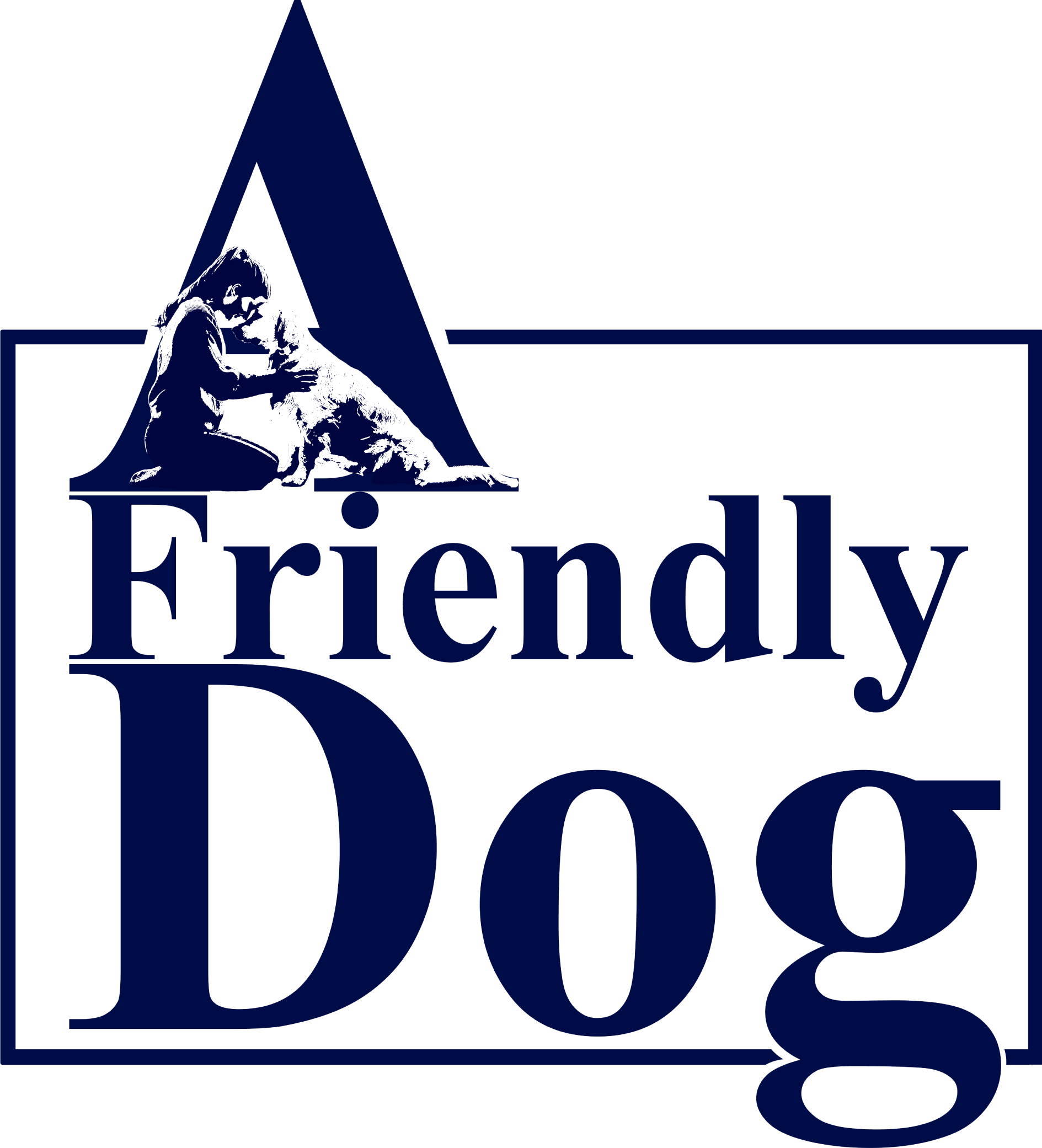The act of euthanizing a dog is undoubtedly one of the most sorrowful events that can occur in a person’s life. There is never an opportune moment to bid farewell, and the emotional burden only intensifies with each instance of witnessing their suffering. Contemplating such a tragedy is a distressing thought for many individuals. Although cherished memories persist, relinquishing one’s grip becomes an arduous task, despite the understanding of the natural cycle of life.
Numerous resources advocate for the humane practice of pet euthanasia, lauding it as the ultimate act of compassion. If this sentiment resonates with you, reaching a final decision may be less challenging. However, for many pet owners, it remains an agonizing choice, often regarded as one of the most painful decisions they will ever face. Pets often hold a special place in our hearts and frequently serve as our most loyal companions.
When a dog reaches the end stages of its life due to illness or old age, there are discernible indicators that they are no longer fully present. They may become consumed by excruciating pain and suffering. Despite this, it is natural to continue feeling affection for the pet, making it even more difficult to let go.
In the final stages of life, dogs may exhibit a loss of appetite and thirst, experience difficulties with bladder and bowel control, become immobile, or endure other disheartening symptoms. They may no longer desire or possess the ability to partake in walks, and even toys fail to capture their interest. Overall, they seem to gradually fade away.
Some dogs may also experience vomiting as they near the end of their lives, while pain resulting from aging or disease may persist. Pain management techniques can provide a certain level of comfort, facilitating a more bearable death and dying experience. However, when these measures cease to be effective, a pet may express their agony through screams, whimpers, and cries, if they possess the energy to do so. The knowledge that they may suffer silently only adds to the anguish of the situation.
What to Expect with Dog Euthanasia
A veterinarian typically requests that a consent form be completed prior to initiating the euthanasia process. Certain veterinarians may offer the option of conducting the procedure in the comfort of one’s own home. It is advisable to schedule the procedure on a day with no other commitments, such as work, as taking time off may prove more beneficial than attempting to resume normal activities. The dog will receive a shot to anesthetize the area for the euthanasia process, which will require shaving for accessibility. Following the injection, the dog may experience a slight needle prick and gradually become drowsy as the heart ceases to function within a few minutes.

